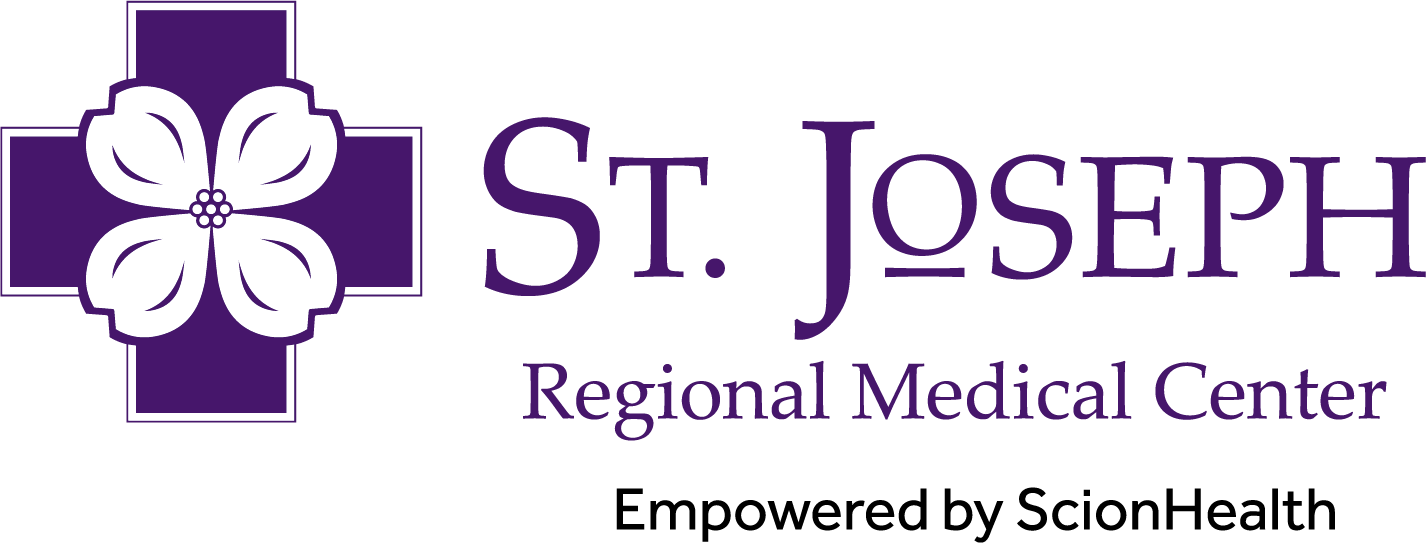Out with the Old and in with the New
December 23, 2020
Installation of new nuclear medicine camera is complete, and installation of new MRI to be completed before end of year
LEWISTON, IDAHO – St. Joseph Regional Medical Center and LifePoint Health announced today an investment of more than $2.7 million in imaging upgrades, replacing a magnetic resonance imaging (MRI) machine and a nuclear medicine camera with new, improved models. From detecting bone fractures to viewing how the heart is functioning, the new machines are improving imaging performance for radiologists, while providing more comfortable experiences for patients.
Paul Sanchirico, M.D., who is both a radiologist and a member of the St. Joseph Board of Directors, shared that the new nuclear medicine camera and software package accompanying the camera will increase both the image sensitivity and specificity, adding that the camera images areas otherwise difficult to image with x-ray, computed tomography (CT) scanners and MRI. Nuclear medicine uses small amounts of radiation to create pictures of tissues, bones and organs inside the body. Dr. Sanchirico added, “it will increase our ability to image organ function which is important in detecting and treating diseases of the heart, gastrointestinal tract and kidneys. And, it also provides images needed to diagnose and treat thyroid disorders, cancer, tremors, dementia and diseases of the bones. In particular, the nuclear medicine camera is a complement to our cardiac service line which provides critical images for patients suffering from heart failure.”
MRI machines use powerful magnets, radio waves and a computer to make detailed pictures of the body and will primarily be used to capture images of muscles, nerves, brains and joints. The new machine will increase the detail level of the images and includes distortion correction technology which reduces blurring and distortions caused from artifacts (foreign objects) in the body. The machine is the most technologically advanced magnet between Boise, Idaho and Spokane, Washington.
Its added features and new techniques will decrease scanning times and provide a new level of comfort for the patients. The first wide-bore MRI scanner in the Lewis-Clark Valley, it will make imaging people who are claustrophobic and those patients that cannot be imaged on smaller bores, including people larger in size, possible – providing opportunity for more patients to receive care closer to home.
Additionally, a new breast imaging table was also purchased for use with the MRI. Sanchirico added, “the table will enable the capture of a better, more-clear image of the breast and enhance our ability to perform MR-guided breast biopsies.”
Director of Radiology at St. Joe’s, Erik Brown, shared, “our MRI technologists, which have a combined 75 years of experience between the three of them, are absolutely thrilled to have this new tool. And, I’m thrilled with the amount of good that comes from combining more-advanced technology with the level of experience of the team.”
“Providing our providers and patients with the latest in imaging technology aligns with our mission of Making Communities Healthier,” said Tim Trottier, CEO of St. Joe’s. These two most recent investments are in addition to the cutting-edge computed tomography (CT) system which was installed earlier this year and is improving physicians’ ability to diagnose cancer and effectively plan for radiation cancer treatment. He added, “throughout a challenging year, our commitment to providing high-quality, safe care while increasing the satisfaction of our patients has been unwavering.”
